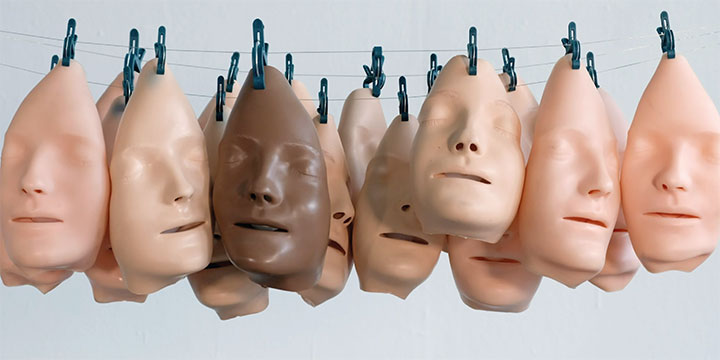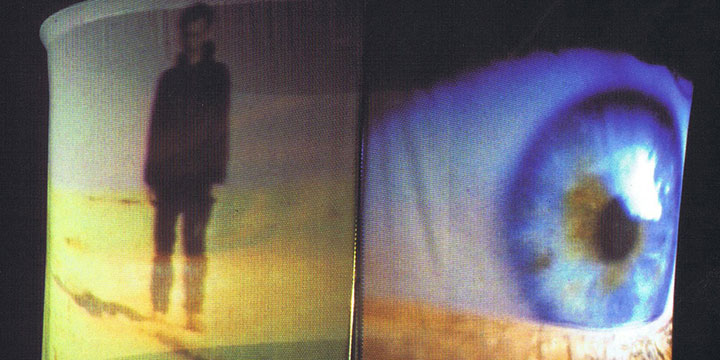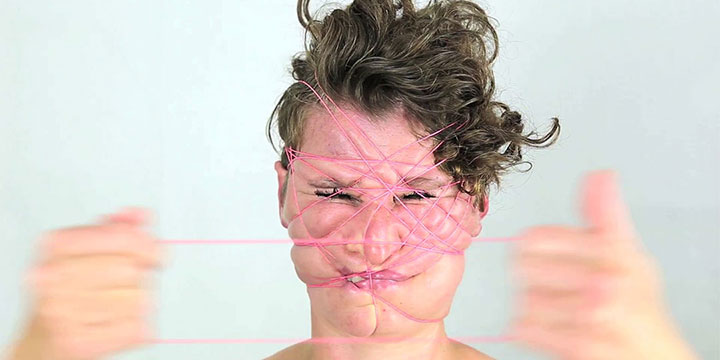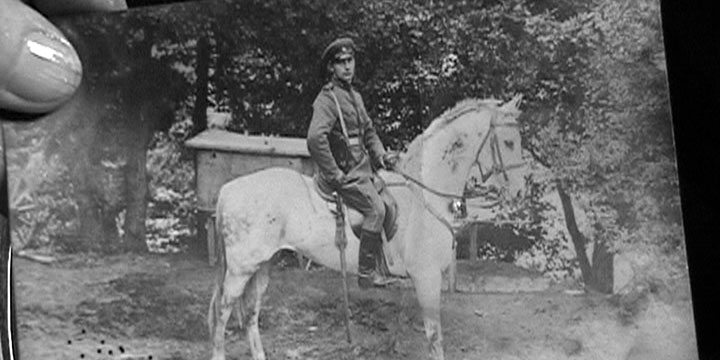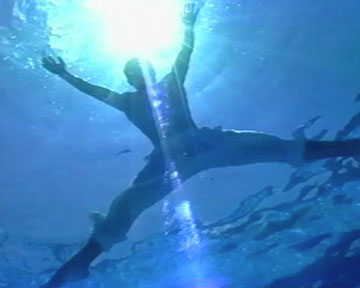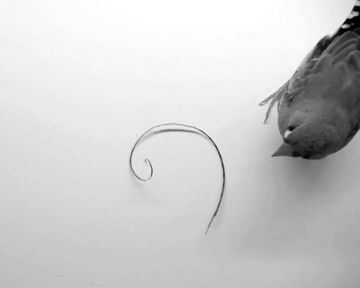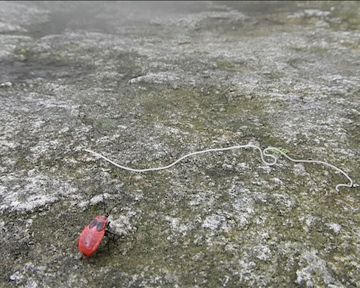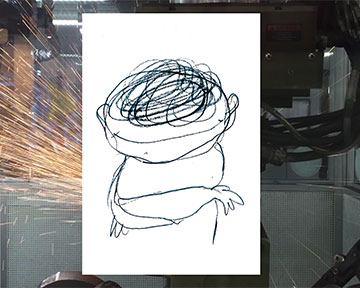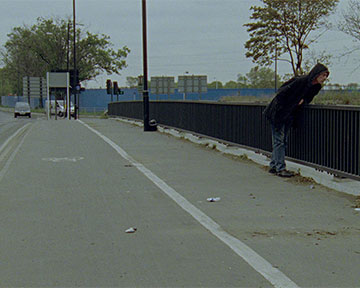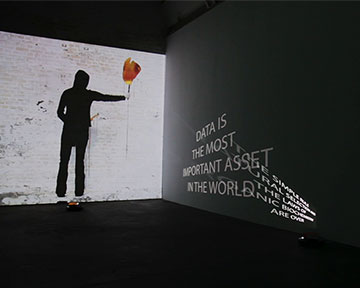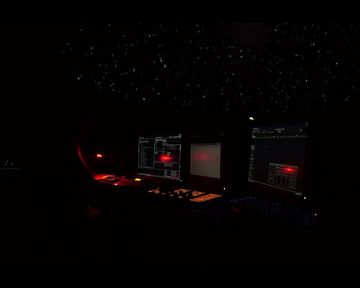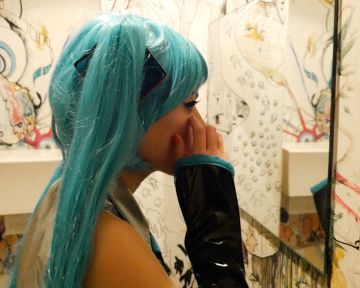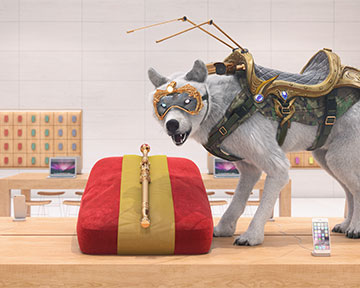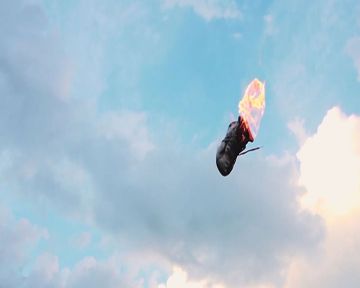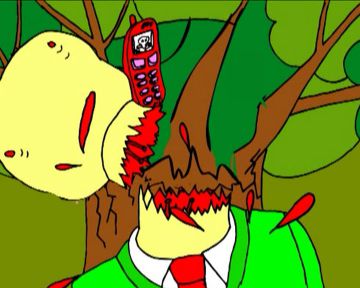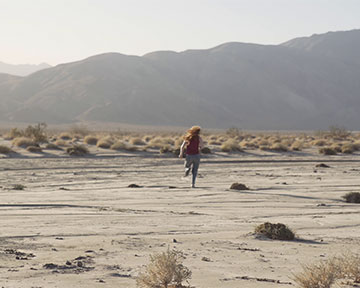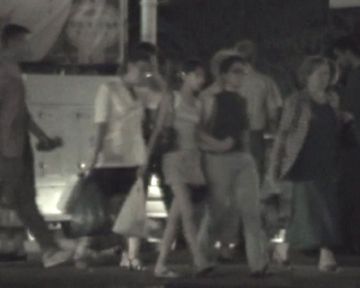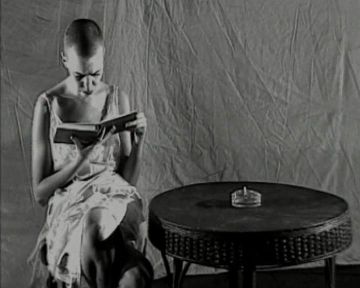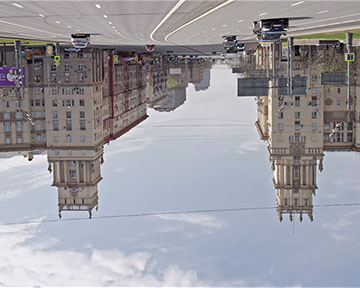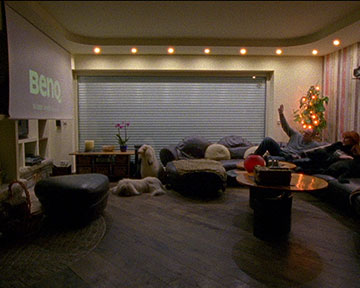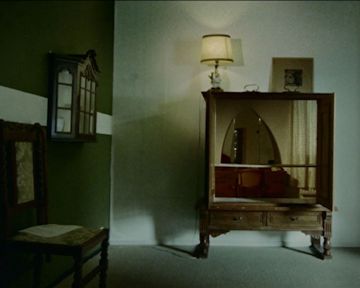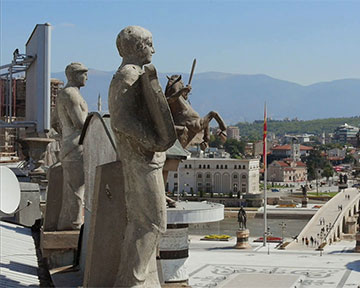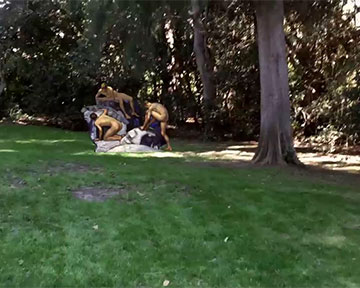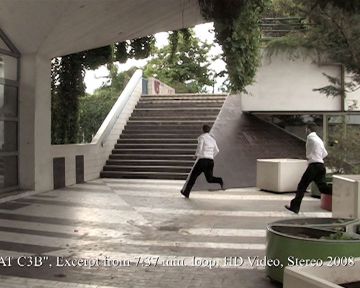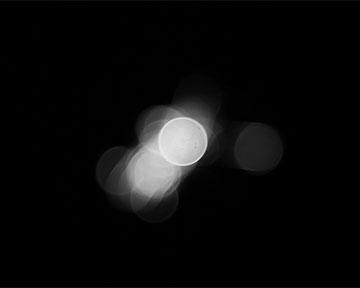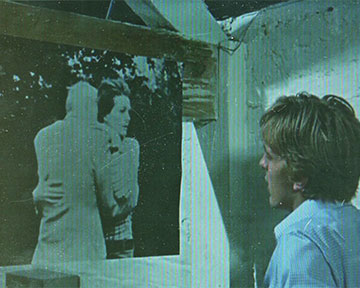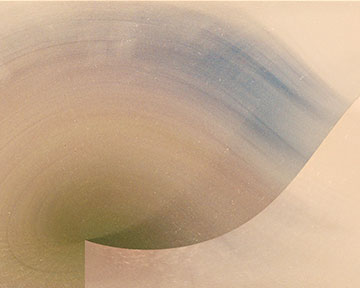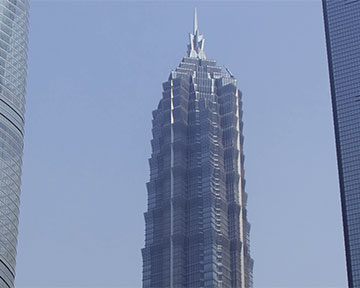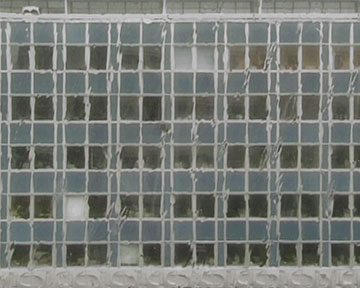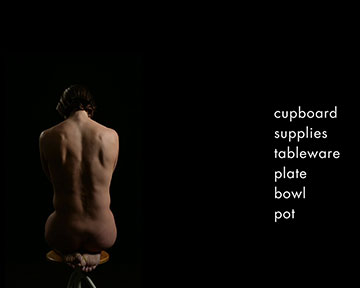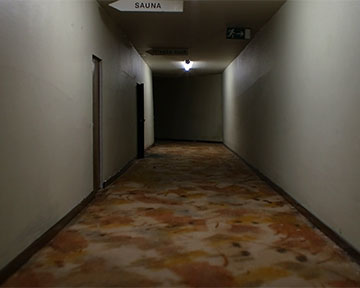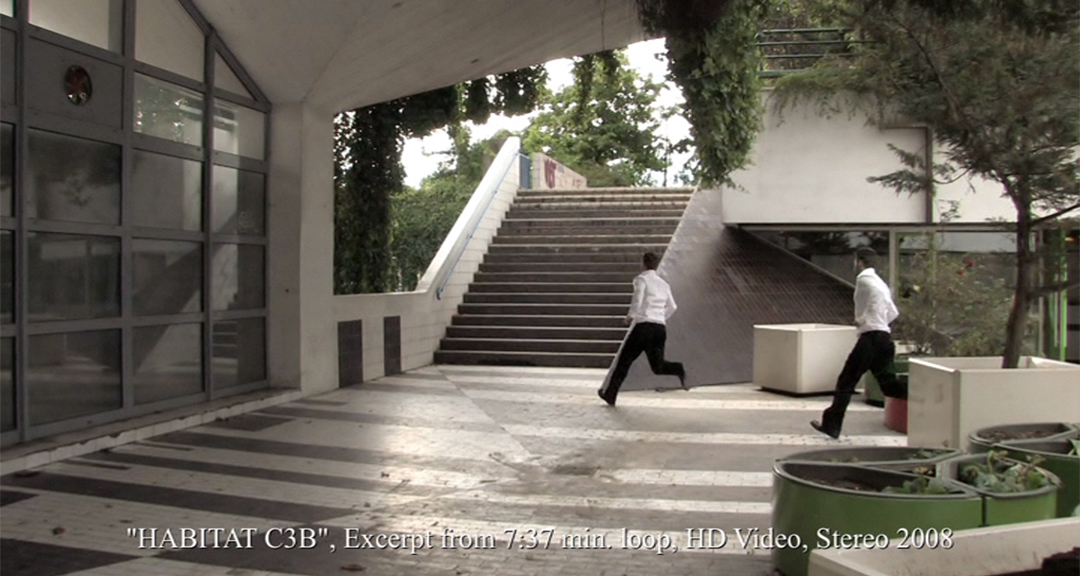A screening series at Goethe Institute Netherlands selected by Elke Kania (Cologne), Julia Sökeland (Hamburg) and Ludwig Seyfarth (Berlin)
With its combination of various arts such as painting, photography film, architecture, fashion, product and interior design and textile art, the Bauhaus is still considered the epitome of a technologically advanced modernity. Last but not least, the attempt to create the whole society aesthetically, inspired many artists worldwide. Even in the contemporary Moving Image, the Bauhaus heritage is referenced in many ways, directly or associatively. For example, the Bauhaus architecture or modernist buildings that are in their tradition are being re-interviewed as living models, the modernization of cities and the changing perception of new technologies with comparable intensity targeted as by the artists of the Bauhaus or the lens-less film experiments like those of László Moholy-Nagy were taken up with today's technical possibilities. An insight into international Film Art shows: even 100 years later - the Bauhaus lives, at least in the visions of the artists.
In collaboration with Goethe Institute Netherlands and blinkvideo five screenings will be realized parallel to the exhibition
„The Netherlands ⇄ Bauhaus - Pioneers of a New World” (February 9th – May 26th 2019) in the Museum Boijmans Van Beuningen, Rotterdam.
The screenings are powered by Niio.
Screening #01: Creating Worlds
Thursday, 14.02.2019, 19:00 h
The creation of living worlds can reflect political ideologies, reveal a desire to shape private living space or follow media models from feature films. The screening works reflect these concepts.
Dimitri Venkov, The Hymns of Muscovy, 2018
Miriam Gossing & Lina Sieckmann, Sonntag, Büscherhöfchen 2, 2014
One Hour Real, 2017
followed by an Artist Talk with Gossing/Sieckmann
Curated and moderated by Elke Kania and Julia Sökeland.
Screening #02: Bigger than Life / Built Histories
Thursday, 07.03.2019, 19:00 h
How is history reflected in (modern) architecture? And can history be architecturally "invented"? A project called “Skopje 2014.” so far errected some thirty government buildings and museums, as well as countless monuments in the classic style, in an attempt to put Skopje on a par with Rome and Athens. A city looks for a future in history.
Adnan Softic, Bigger Than Life, 2018
Tight tissue - or - The body is my temple, 1999
Niklas Goldbach, 1150 San Remo Drive, 2017
Habitat C3B, 2008
followed by an Artist Talk with Adnan Softic.
Curated and moderated by Julia Sökeland and Ludwig Seyfarth.
Screening #03: Transition of Technology: Moving the Image
Thursday, 21.03.2019, 19:00 h
The combination of photography and film and the use of "imaging" with light in photograms shaped the work of László Moholy-Nagy; his telephone pictures from the 1920s can be interpreted as early works of media art. The screening presents contemporary camera-less film art, new approaches between static photography and the movement of images.
Stephanie Gudra, Wuslon, 2017
Benjamin Verhoeven, Somebody was trying to kill Somebody Else, 2014
Tim Gorinski, Generative Ideas (working title), 2019
Barbara Hammer, Sanctus, 1990, on loan from JULIA STOSCHEK FOUNDATION Düsseldorf/Berlin,
www.julia-stoschek-collection.net, Courtesy of the artist and KOW, Berlin
Ugo Petronin, Abiding, 2019
followed by a Q&A with Ugo Petronin, Piet Zwart Institute, Rotterdam
Curated and moderated by Elke Kania.
Screening #04: Facades and Interieur / How do we feel in modern environments?
Thursday, 25.04.2019, 19:00 h
How does the functionalist credo of the Bauhaus live on in architecture? And how does architecture relate to human scale? Today's artists pursue this question with various cinematic means.
Rebecca Ann Tess, The Tallest, 2014
Martina Wolf, Regen I, Dresden. 2002
Moira Zoitl, Kitchen Torso: On Reducing the Number of Steps, 2013
Judi Werthein, This Functional Family, 2007
Tobias Zielony, La Vele di Scampia, 2009
on loan from Mario von Kelterborn Collection, Frankfurt
followed by an Artist Talk with Rebecca Ann Tess.
Curated and moderated by Ludwig Seyfarth and Julia Sökeland
The screening will take place at Het Nieuwe Instituut,
Museumpark 25
Rotterdam
Screening #05: Architectural Utopies – Here and Now
Thursday,16.05.2019, 19:00 h
How do utopias of Bauhaus architecture function in the midst of a media present? Technology and aspects of social media find their way into the glass house of memory, into the models of public and private spaces.
Manuel Graf, Shulmantonioni, 2004,
courtesy the artist and VAN HORN, Duesseldorf
Frauke Boggasch & Martin Sulzer, ホームドリーム / Hōmudorīmu / Home Dream, 2019 – reflecting the development of the Bauhaus Architecture nowadays at Japan
Elizabeth Price, At the House of Mr. X, 2007
on loan from JULIA STOSCHEK FOUNDATION Düsseldorf/Berlin, www.julia-stoschek-collection.net, Courtesy of the artist and MOT International, London
Arianne Olthaar, Hotel Forum, 2016,
followed by an Artist Talk with Arianne Olthaar.
Curated and moderated by Elke Kania.
